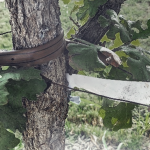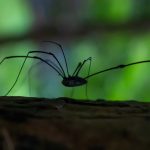Meet a local artist and herbalist whose teachings uphold native cultural traditions and foster community-based healing.
Note: “Plants and People” is an occasional series featuring San Antonio residents with diverse botanical backgrounds and perspectives on how plants impact cultures and landscape practices.
Who are you, what do you do, and how did you get here?
Manuel Davila’s childhood was framed by time spent in the family bridal and floral shop surrounded by clouds of tulle, buckets of fresh cut flowers, and endless wisdom of great aunts, who used fabric and flowers to teach Davila to create arrangements that inspire and evoke feeling. Those aunts were also the first curanderas to teach them how to work with traditional healing herbs. Davila learned that “there are rules to everything in nature,” from “how you arrange a bouquet [to] how you mix medicine.”
For many years, they considered a career as a pharmacist. But after going to school and working at a pharmacy, Davila felt they were not helping people. After a year, they quit and returned to their roots.
Davila identifies as Coahuiltecan, which is an umbrella term for over 200 indigenous tribes and bands that are native to the Rio Grande Delta region. After leaving pharmacy, they delved into traditional knowledge of botany and horticulture through their community, hoping to make medicine more accessible by deindustrializing the pharmaceutical training. Through experimentation, they learned how to utilize river rocks and plant materials to make natural pigments and tools. For Davila, creating became part of knowing the land and connecting with ancestry.
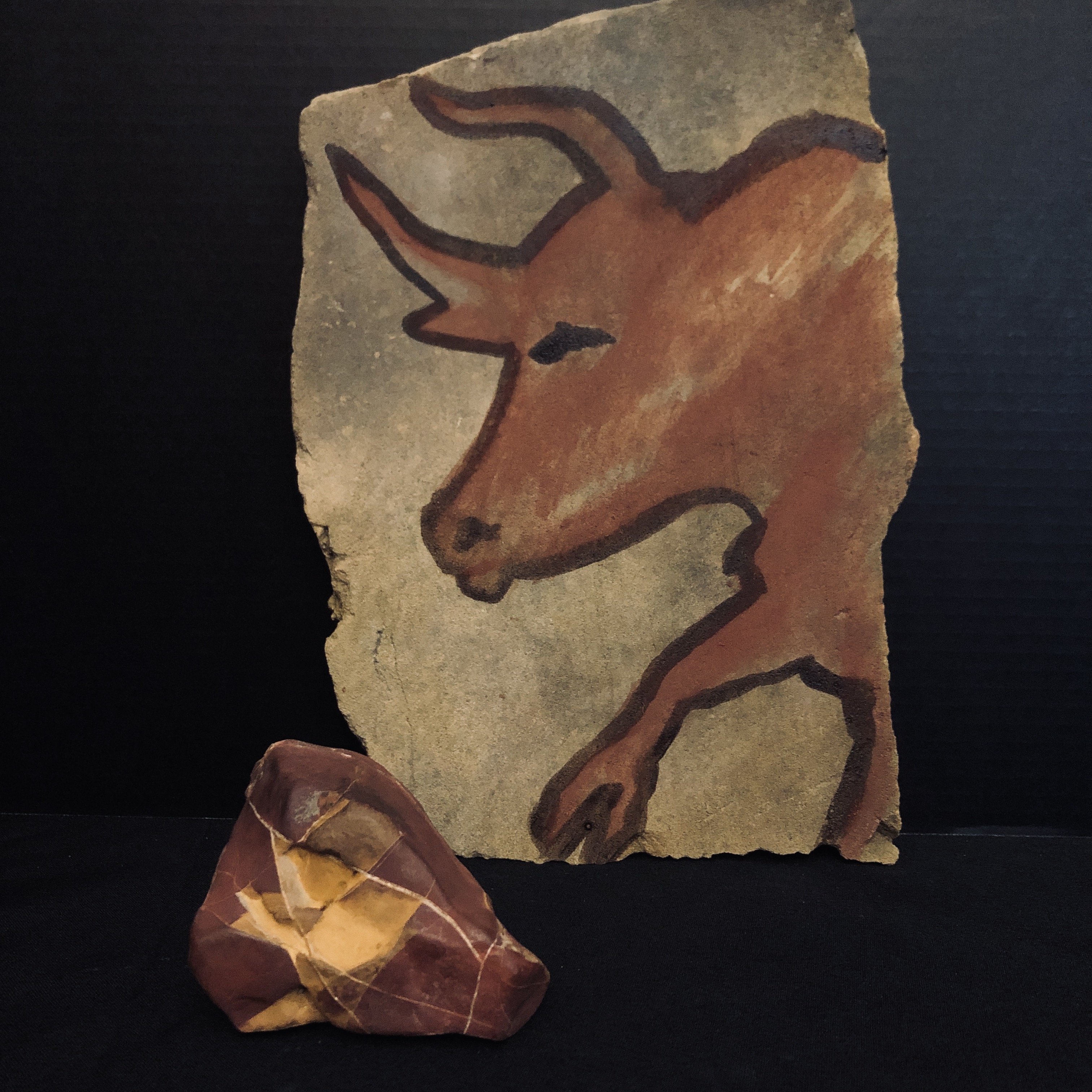 |
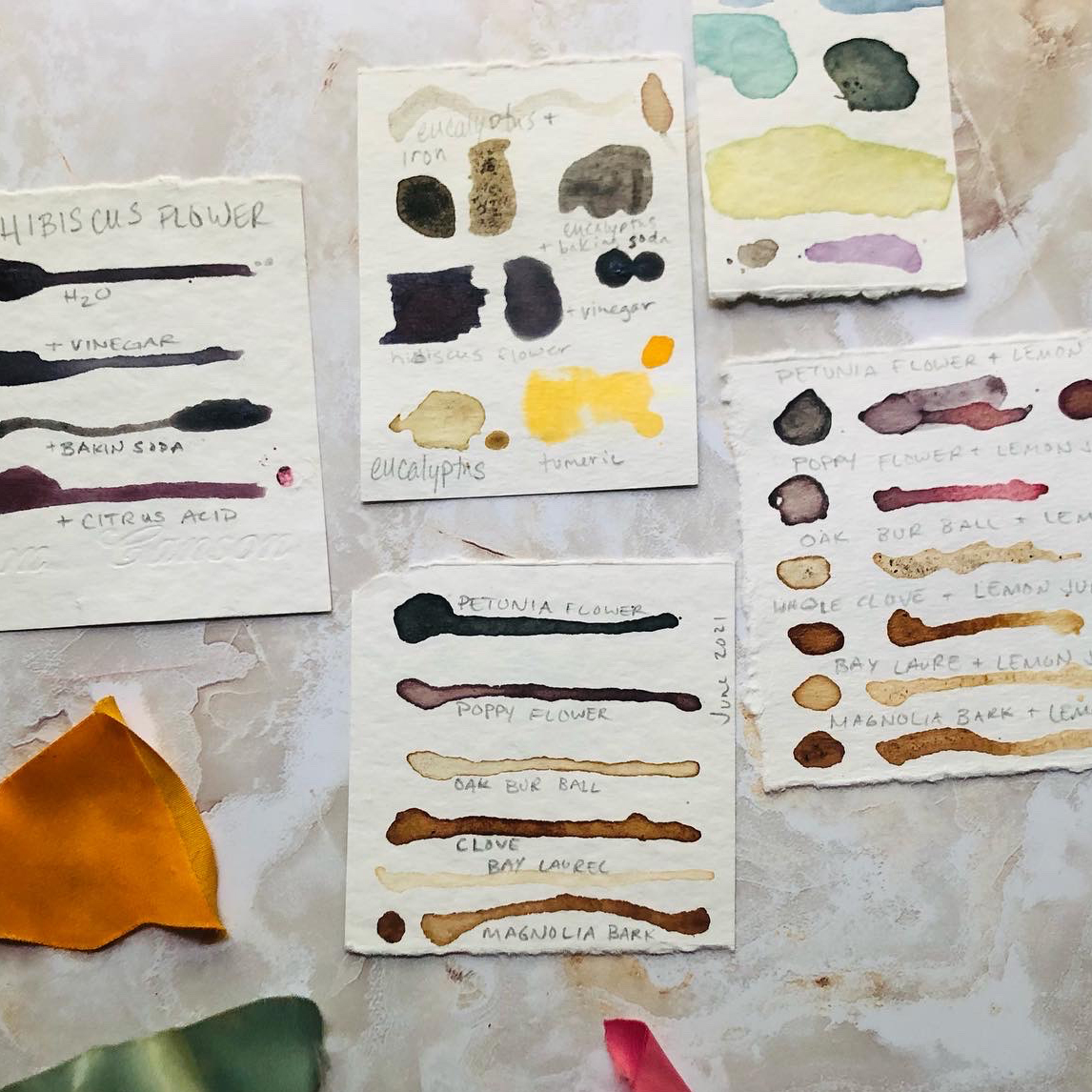 |
Davila, who is the Cultural Arts manager for the American Indians in Texas at the Spanish Colonial Missions, helped launch the SanArte Healing + Cultura Clinic. They say it’s a blessing to work with talented tradition keepers, artists, and herbalists to keep indigenous cultures alive and contribute to the healing of historically marginalized people in the context of centuries of colonial erasure.
What project(s) are you working on right now?
Davila has been busy preparing for the opening of a permanent Native American art gallery and culture center in San Antonio. The opening exhibit will feature a curation of works by different indigenous artists, as well as work from Davila’s portfolio.
Which plant(s) are you connecting with most right now?
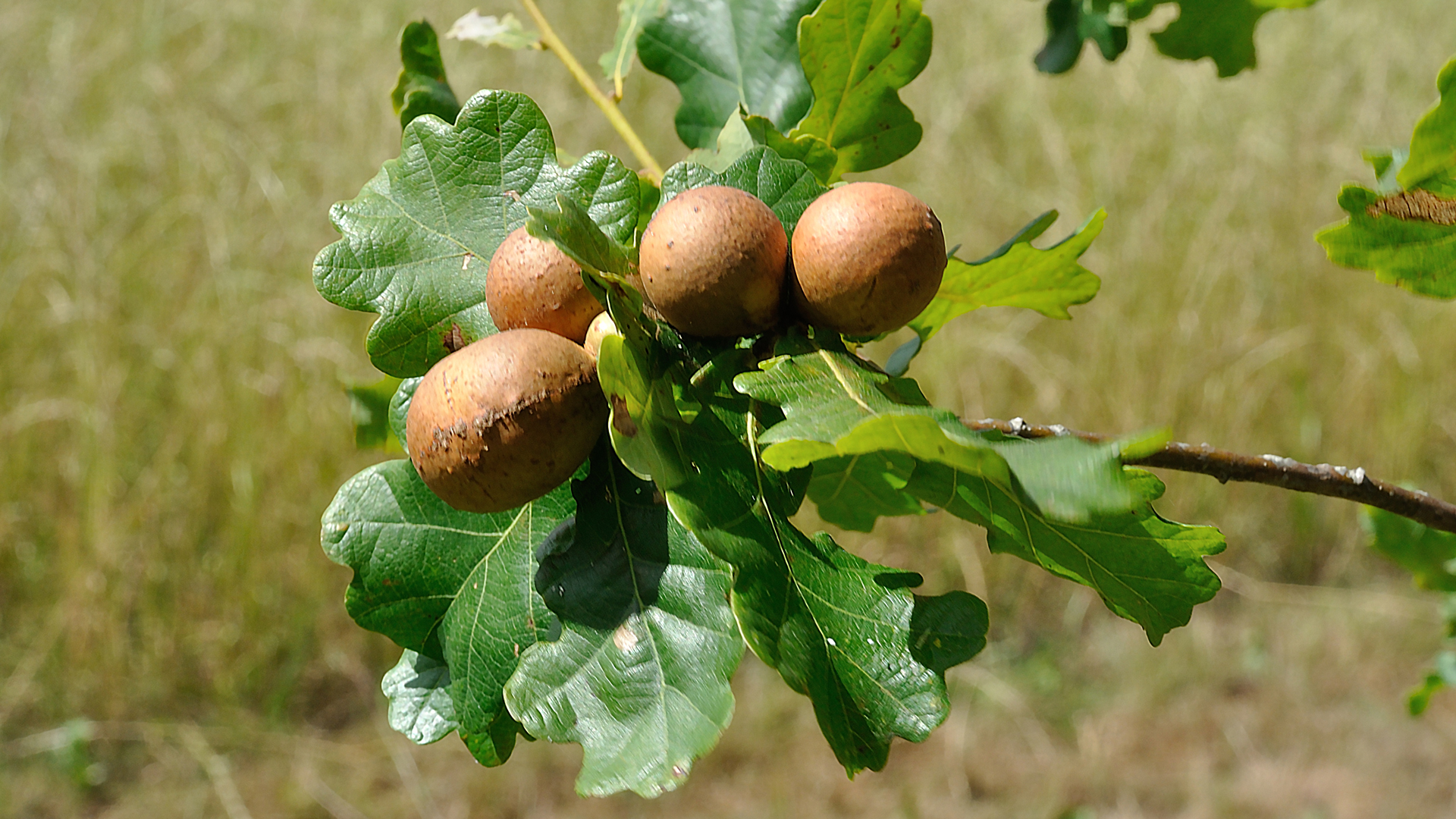
For making ink, Davila uses oak galls — growths that occur along oak branches as a physiological response to insect damage — for creating a rich brown pigment. The round, distinct growths are easily collected from fallen twigs or cut from low-hanging branches.
They note that oak galls have been used by cultures around the world to make ink for calligraphy and writing.
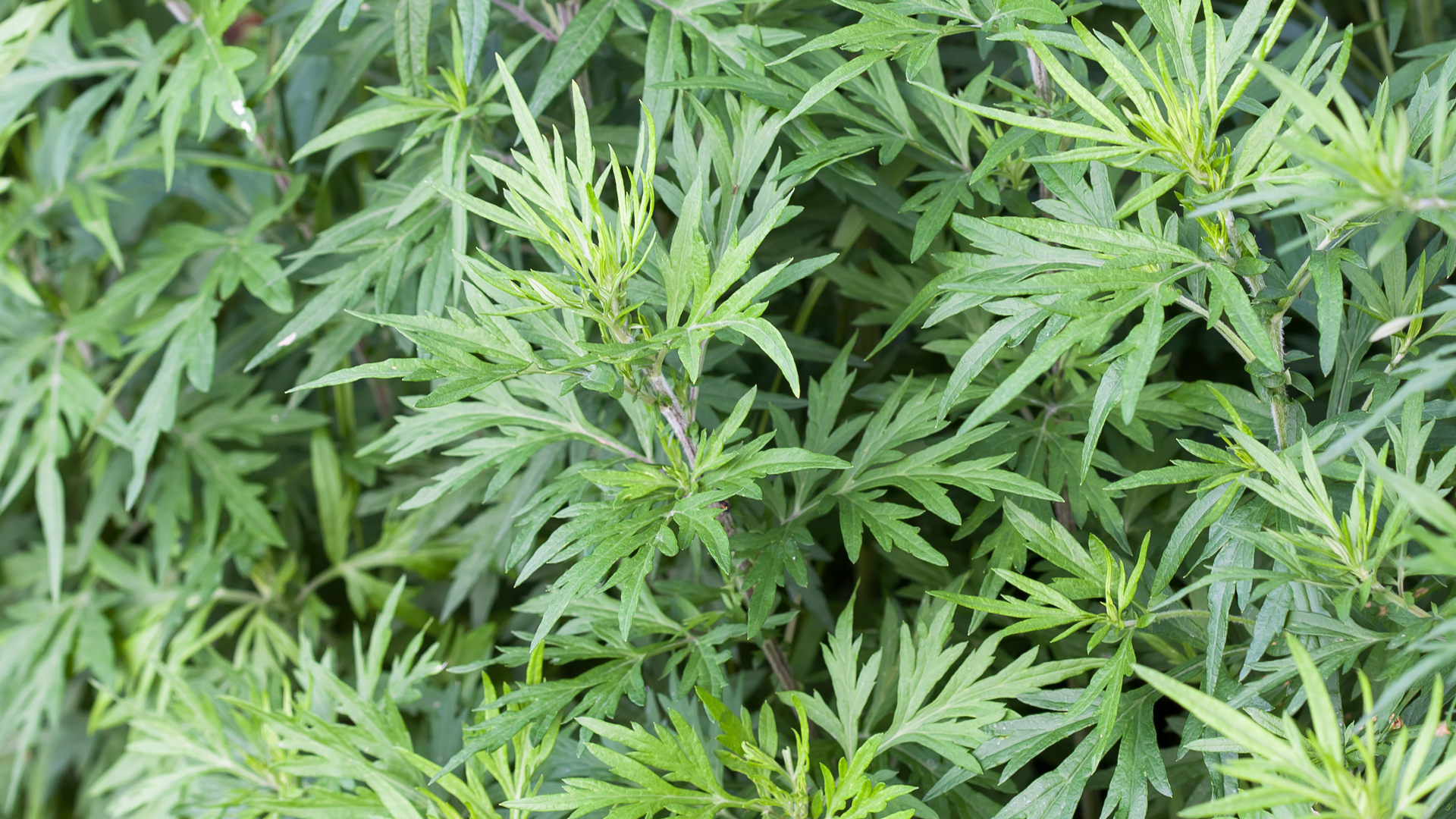
In their herbal practice, Davila has a special appreciation for estafiate, also known as mugwort (Artemisia sp.). Estafiate refers to several native Texas species and is often considered a weed because it grows quickly in disturbed sites, but it’s highly aromatic and fantastic for a range of digestive issues when made into a tea, Davila notes. A sprig of mugwort in a pot of beans acts as a natural Beano, they said.
Who inspires you to do what you do?
“I really have to give it to my aunts,” says Davila, for “[giving] me a number of ways to connect with plants,” and embrace creativity. Most importantly, they taught Davila how to turn “something very humble into something extravagant.” Davila marvels that it’s no wonder art and curation are the focus of their adult life.
What advice do you have for new gardeners/plant enthusiasts?
“Give yourself agency to do these things,” Davila encourages, “don’t wait to ask for permission.” They recall moments of self-doubt when first engaging with horticulturalists and other plant experts who always seemed to be more invested in communicating what not to do than giving helpful advice on how to grow something beautiful. No one needs a special connection or reason to explore a new hobby, nor is it necessary to be knowledgeable about an interest to pursue it, notes Davila. “The most impactful part of growing is putting your seeds in the ground.”



